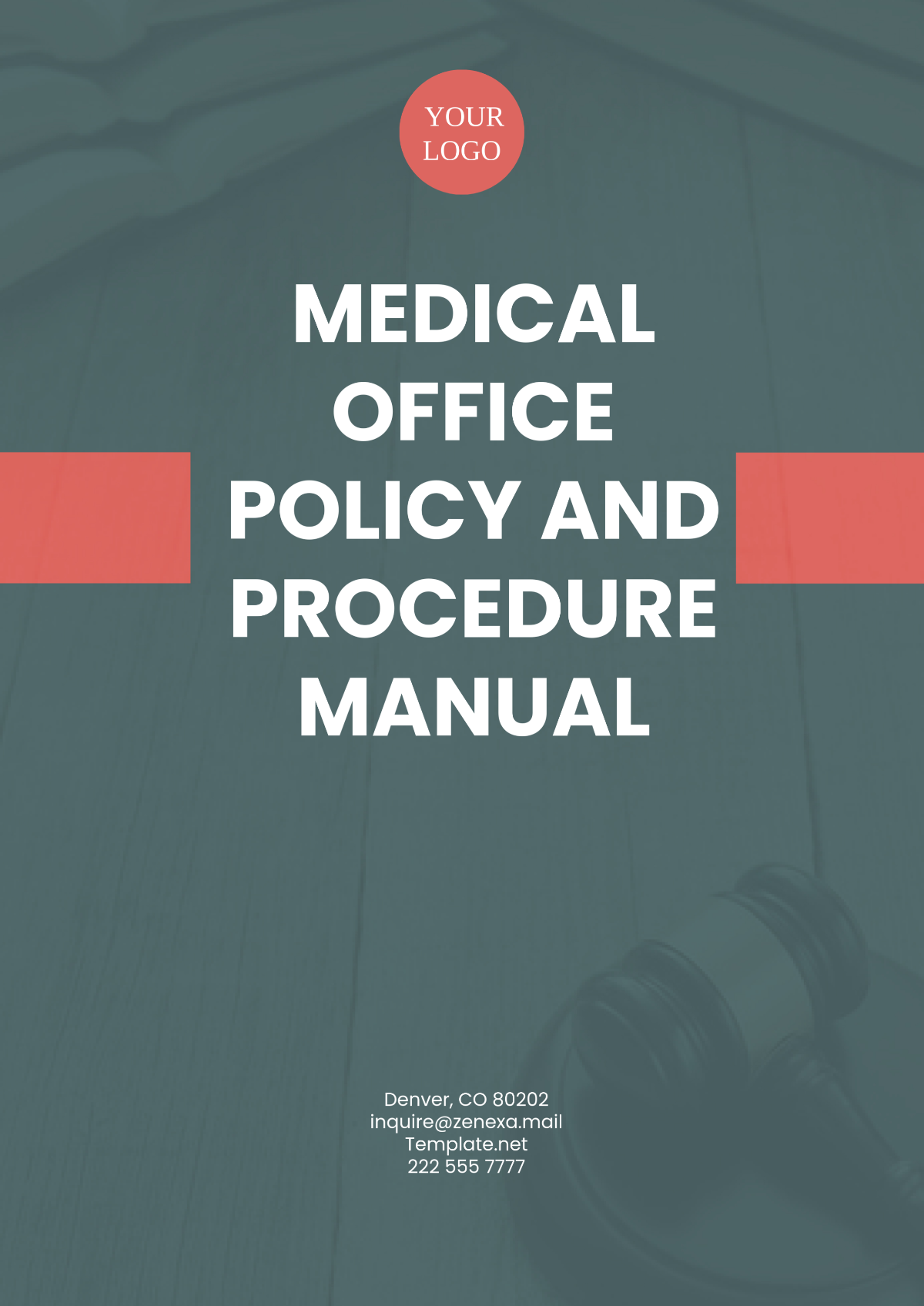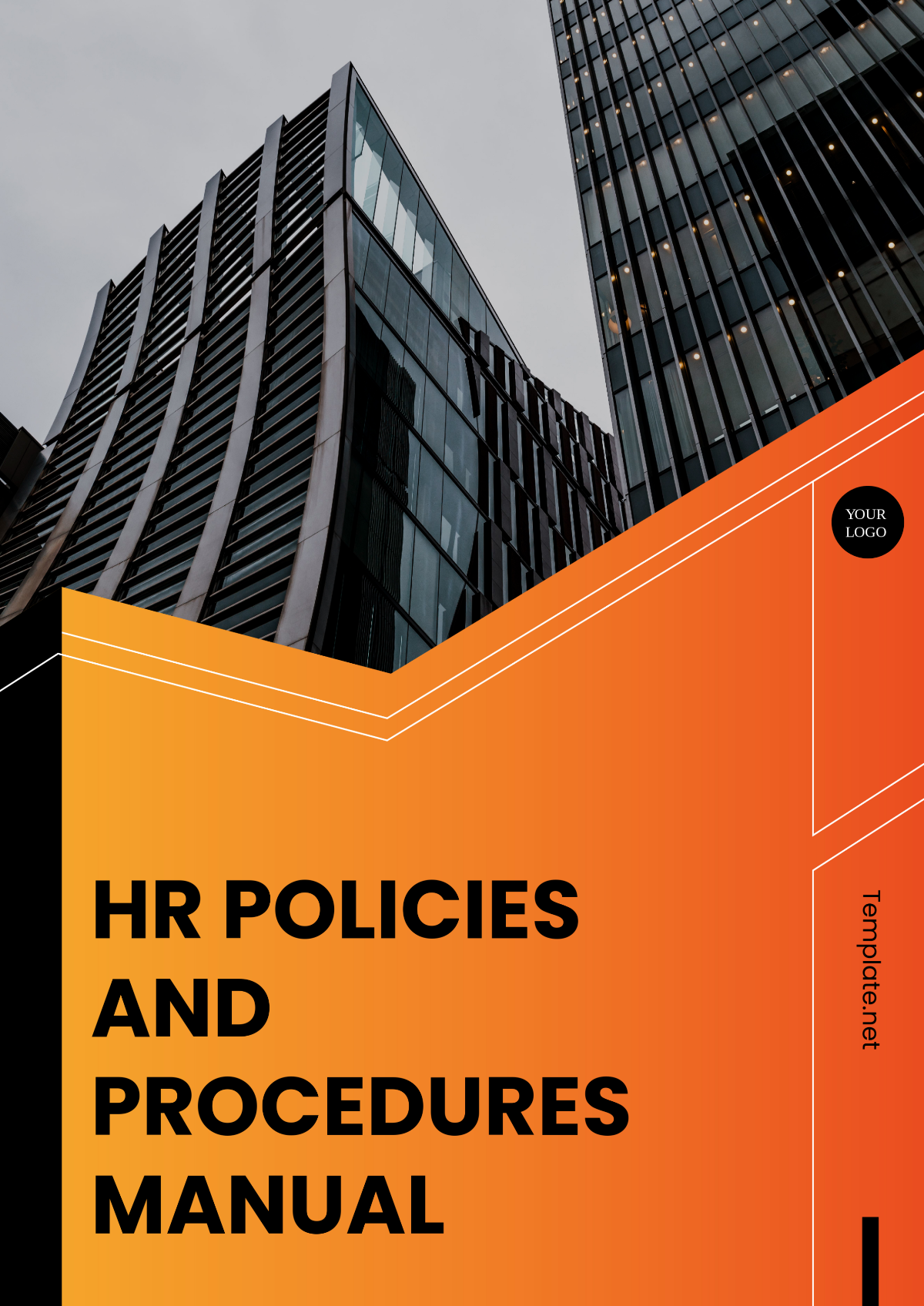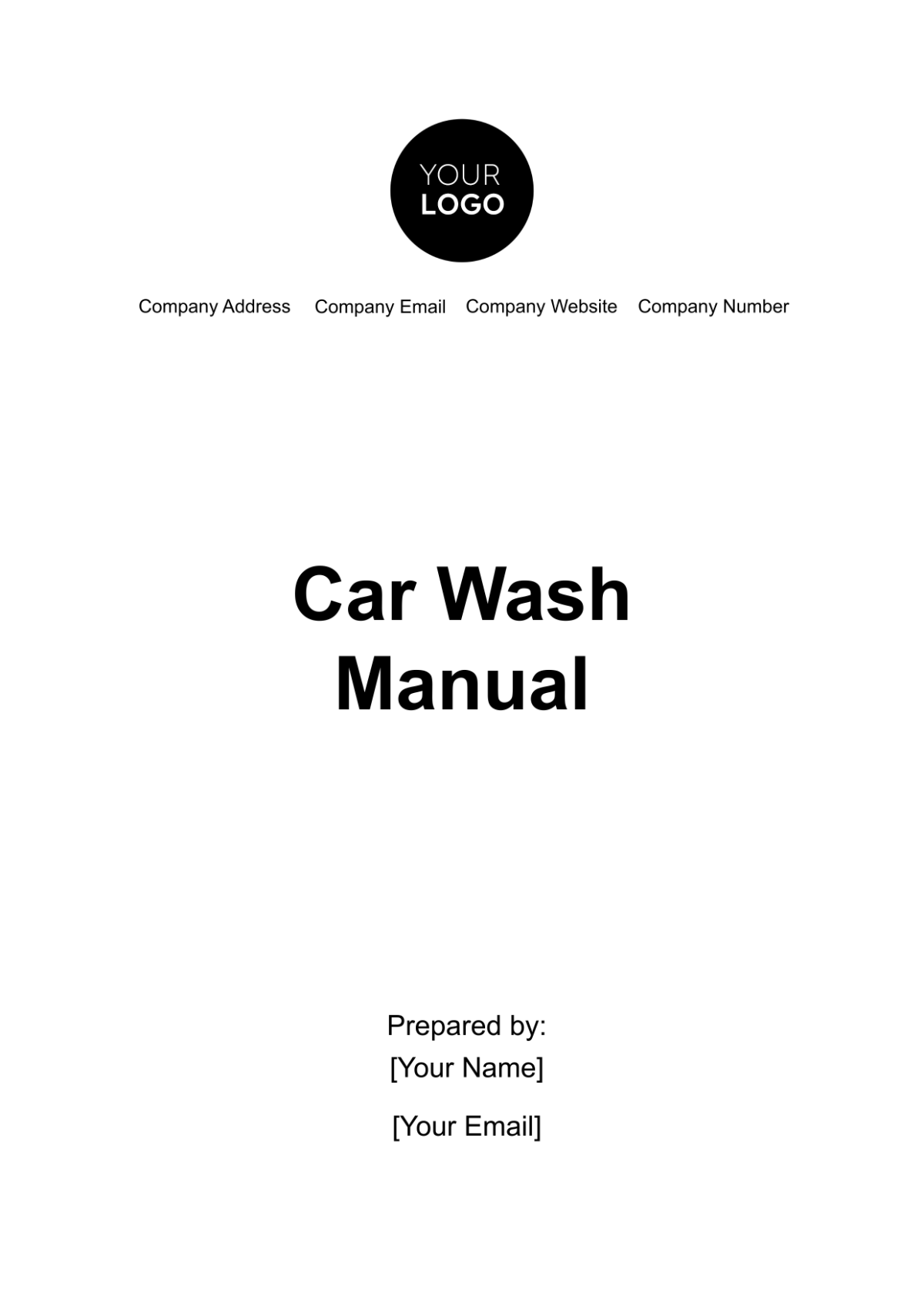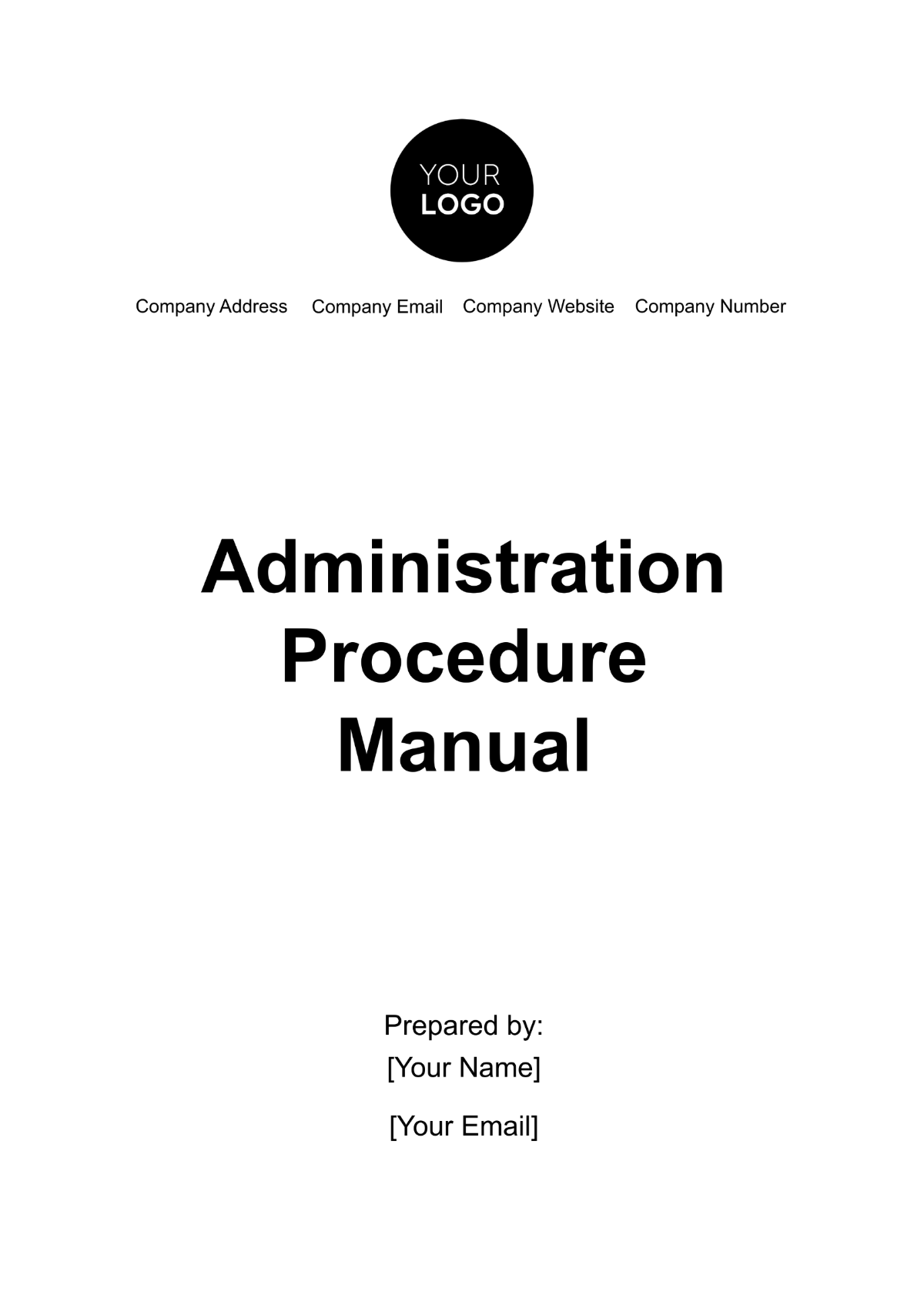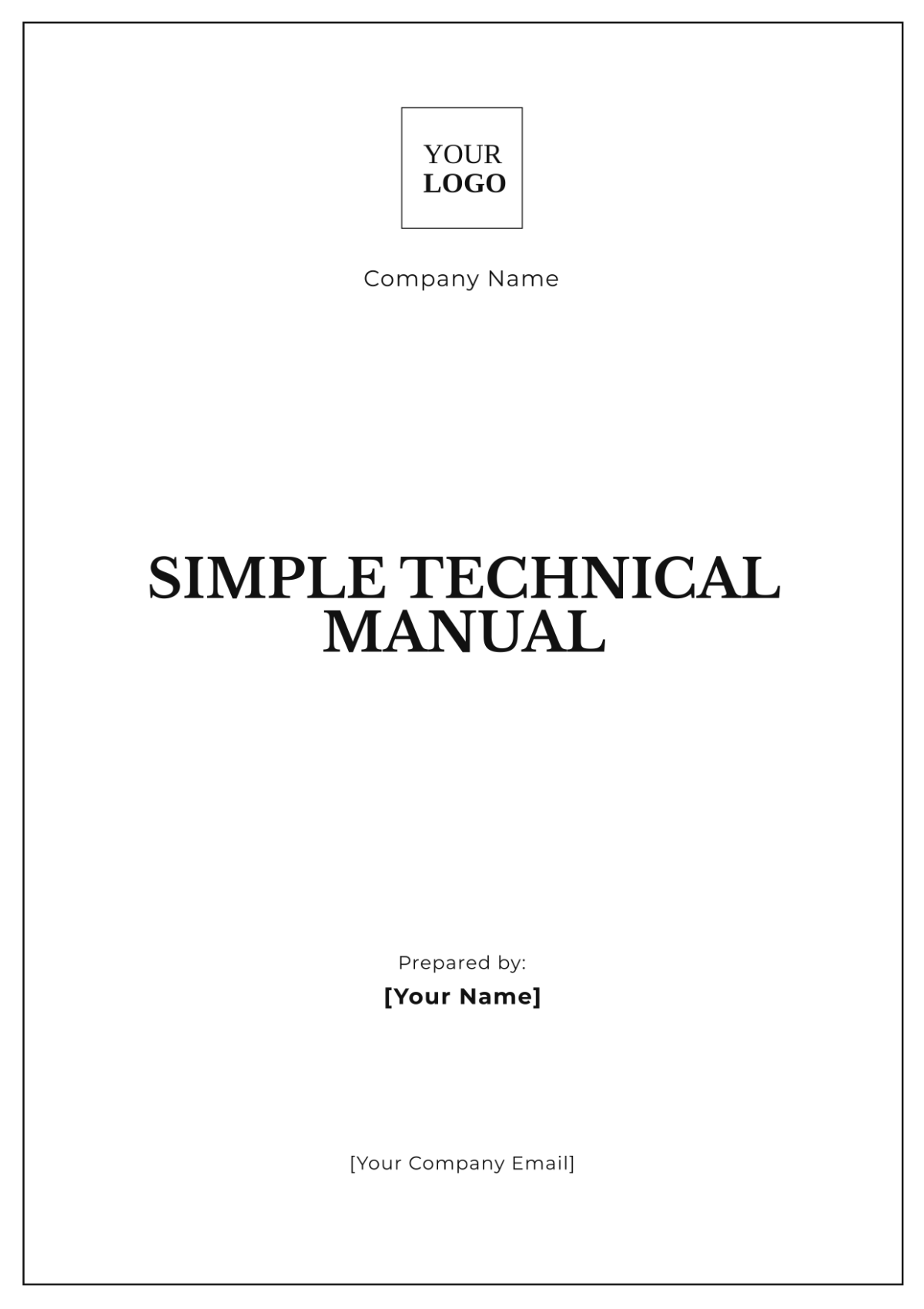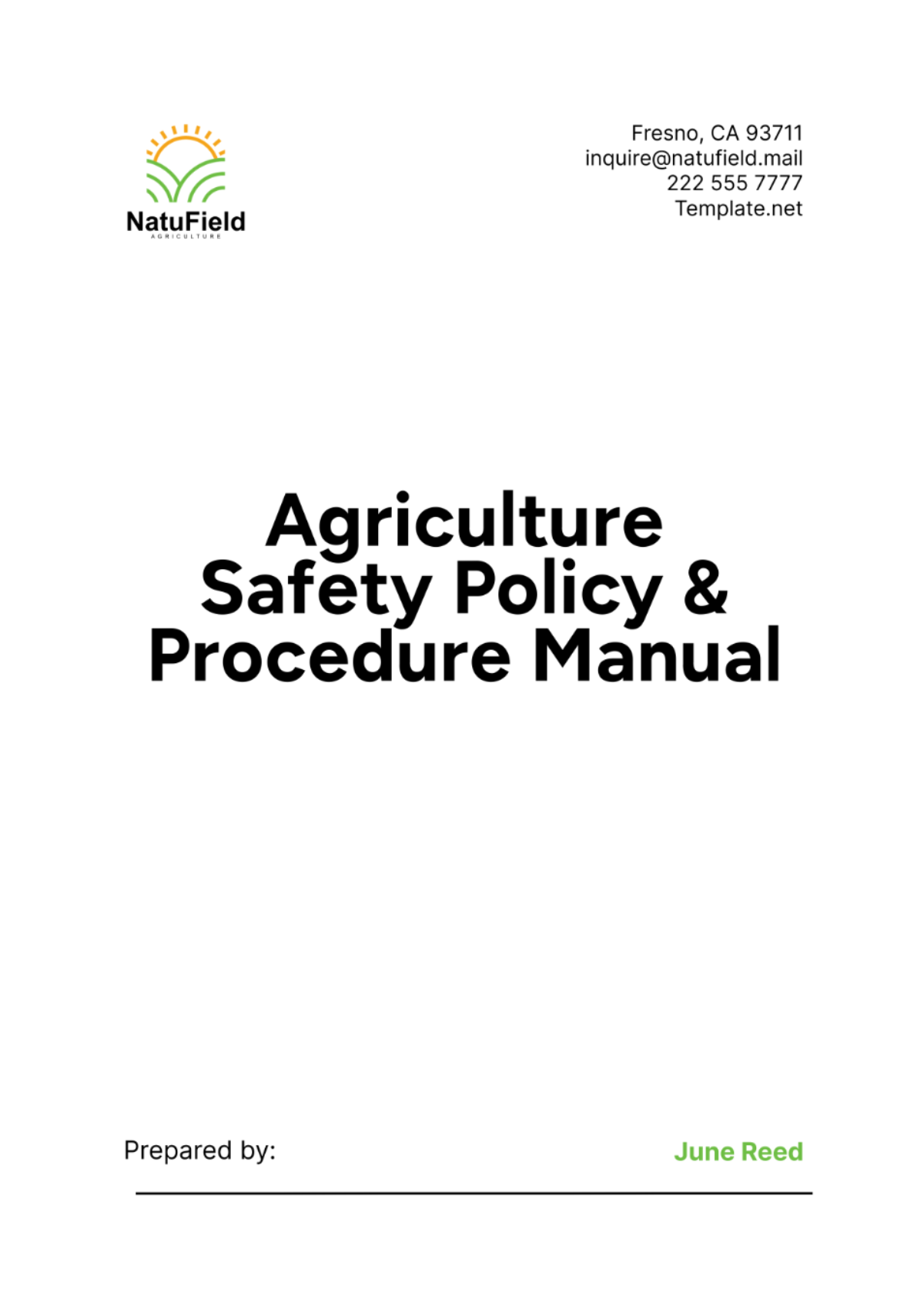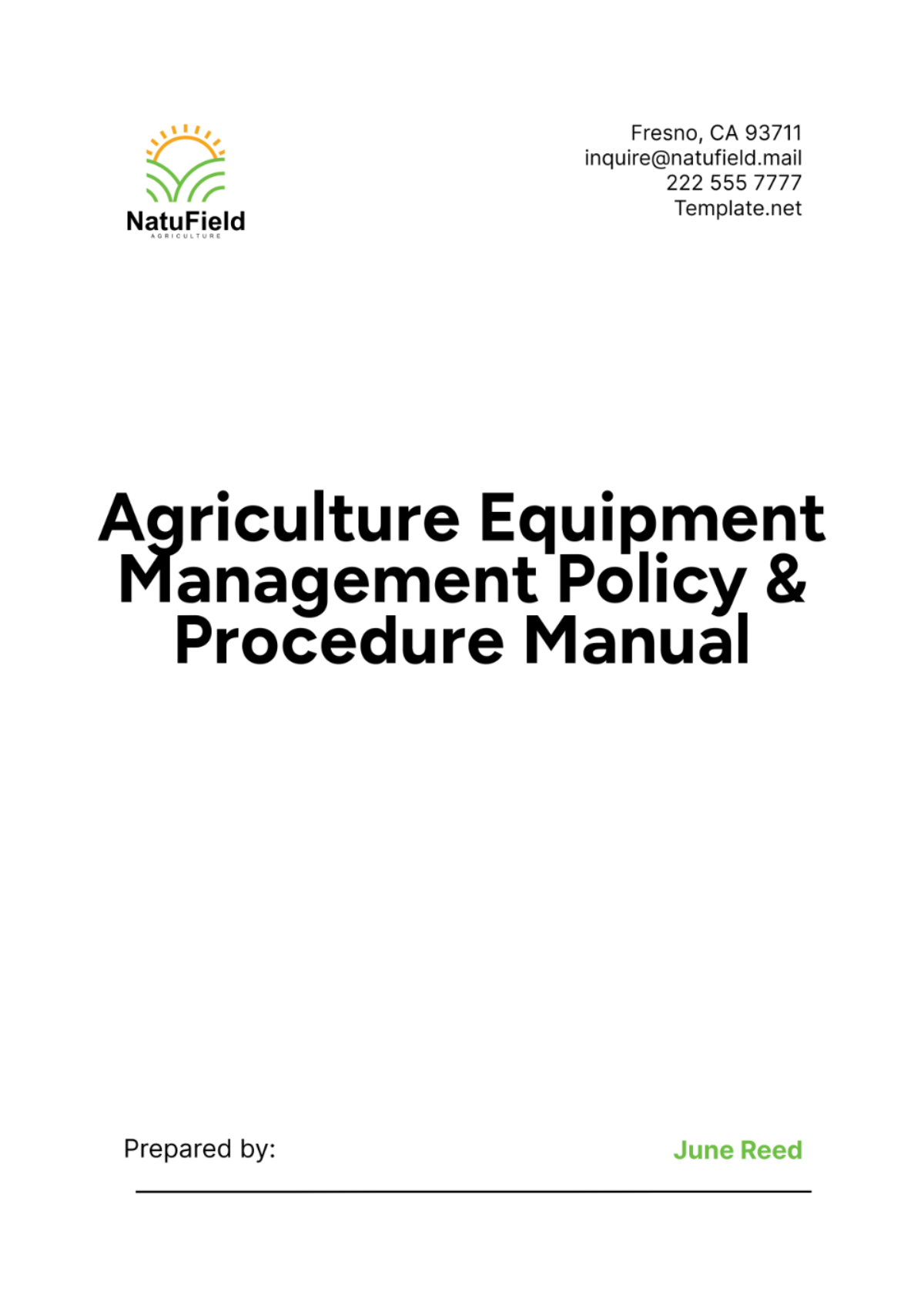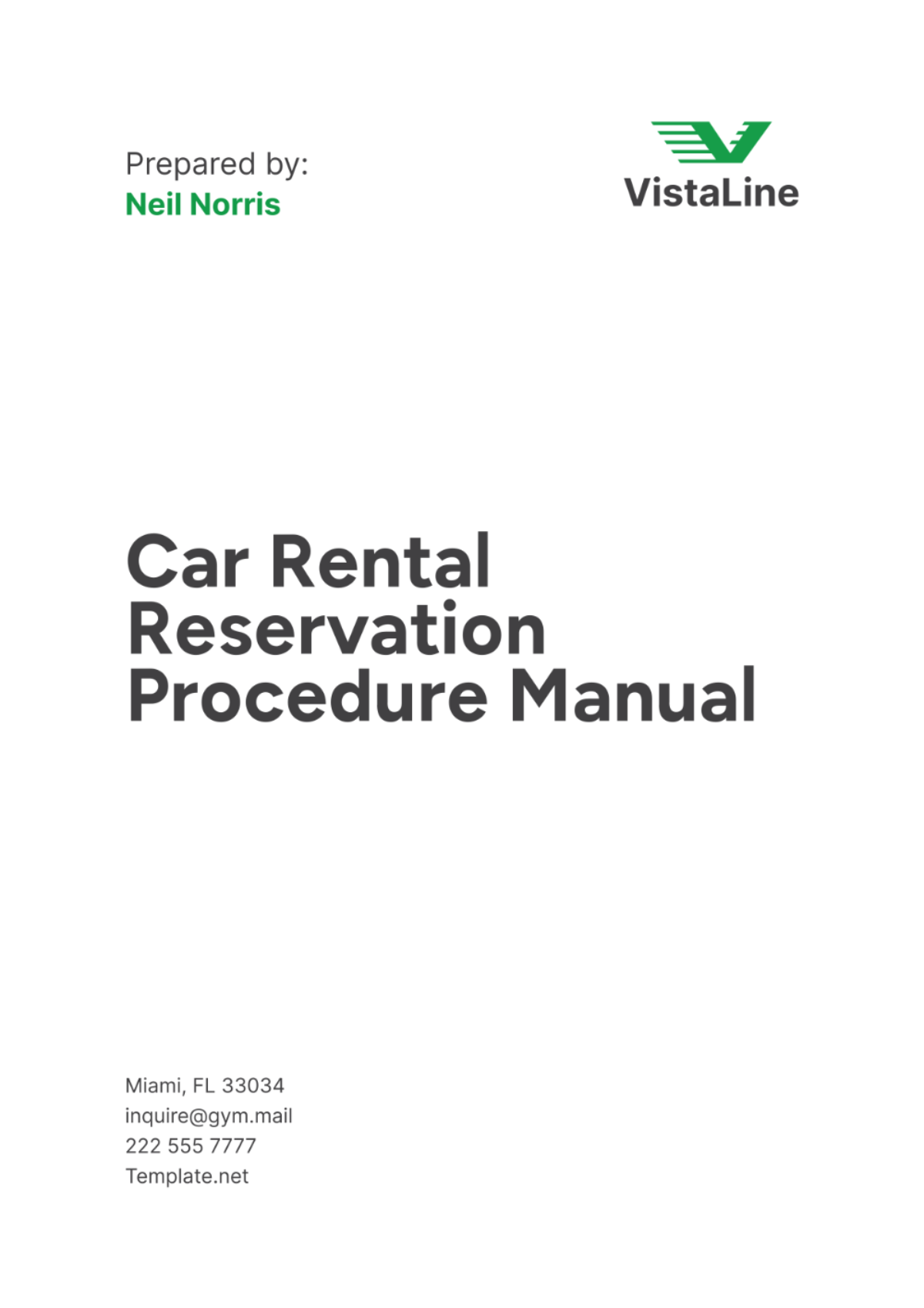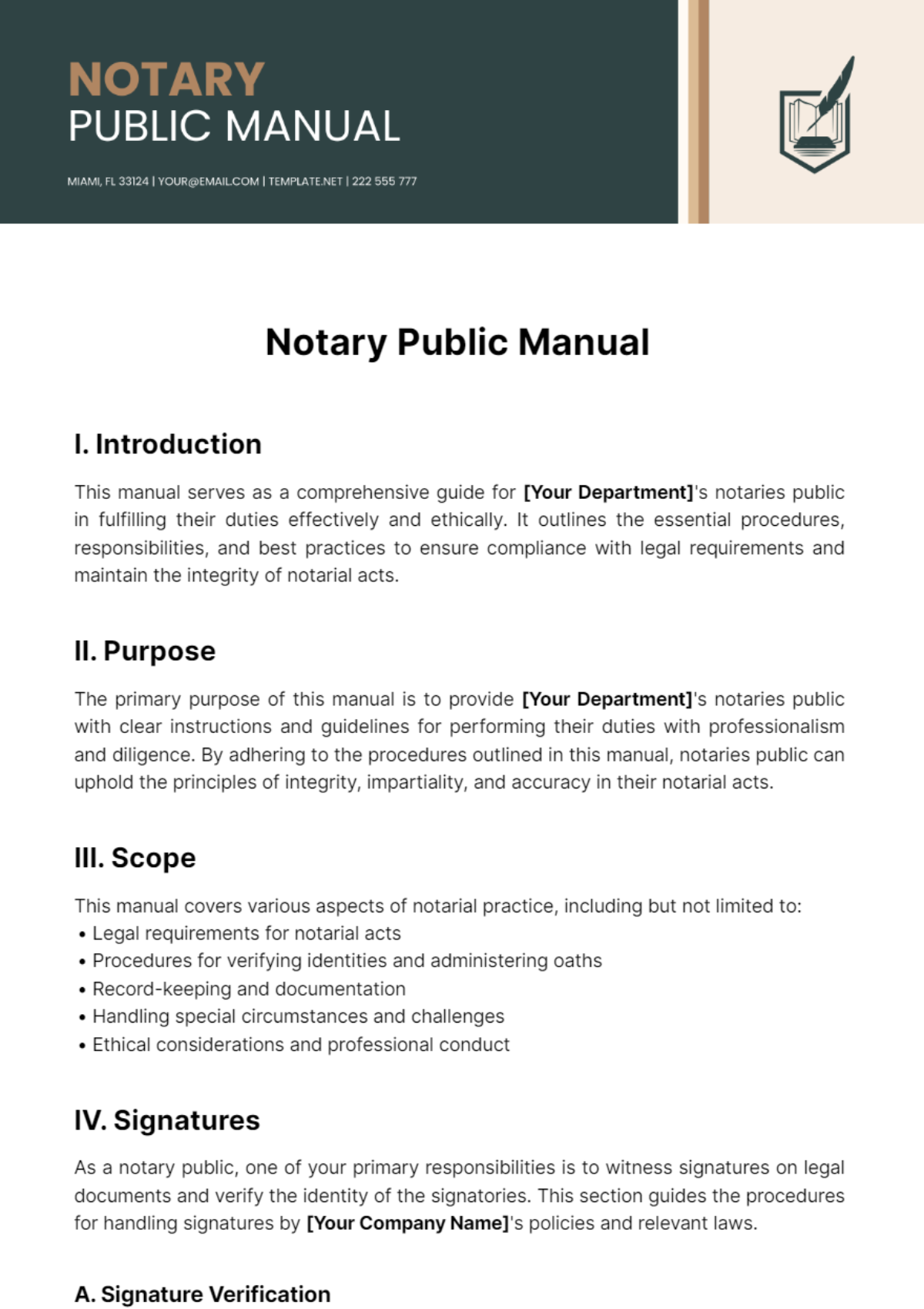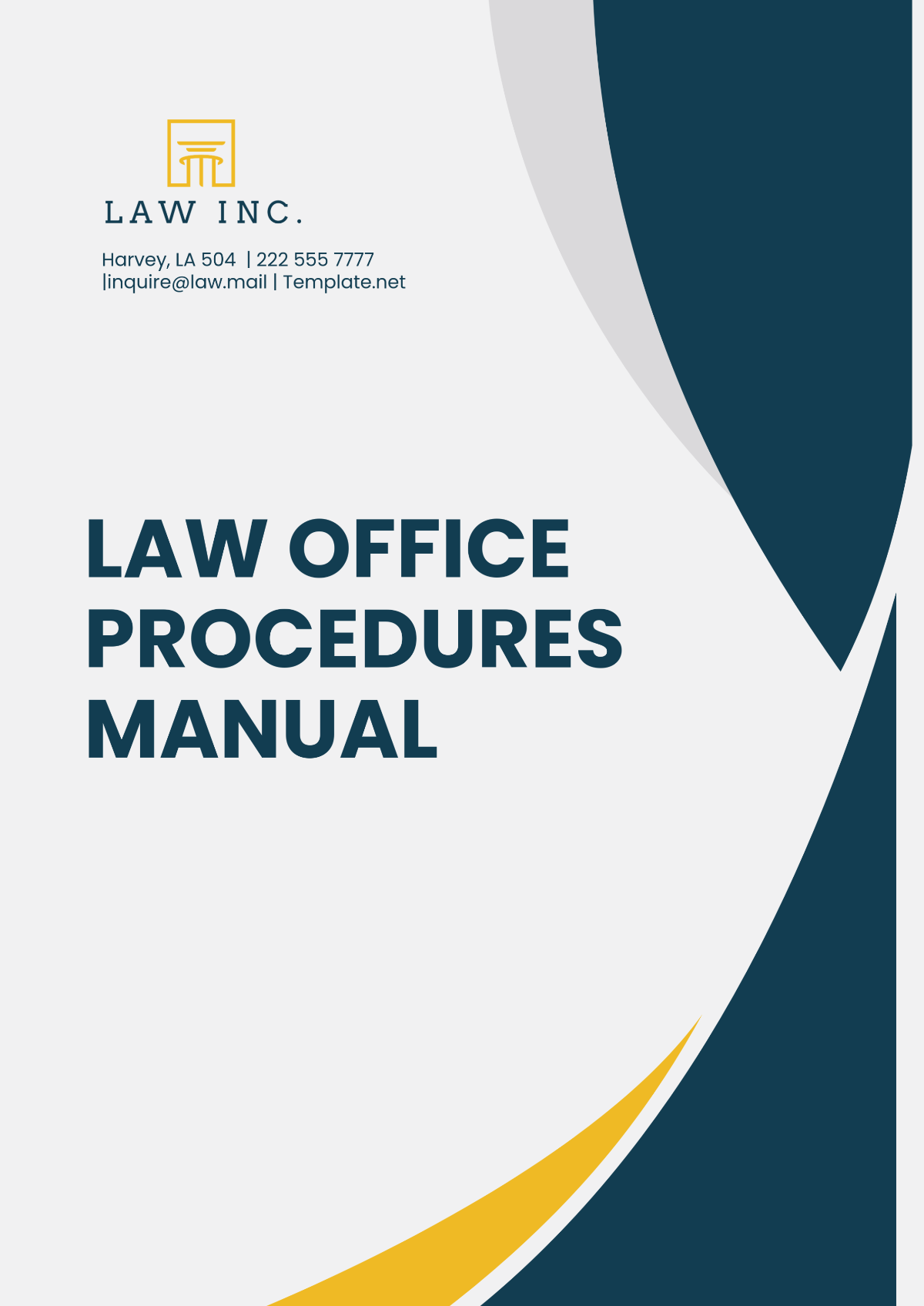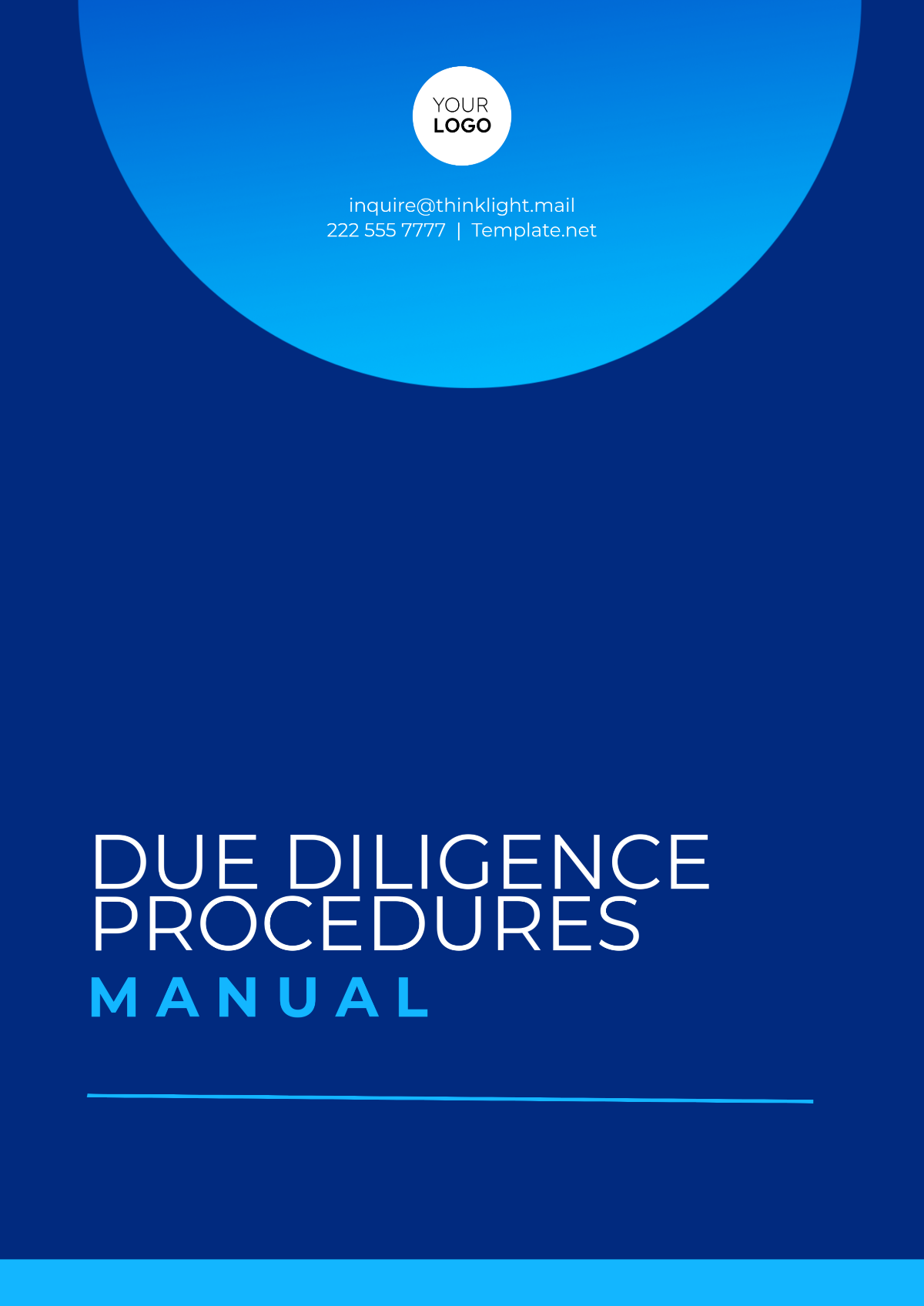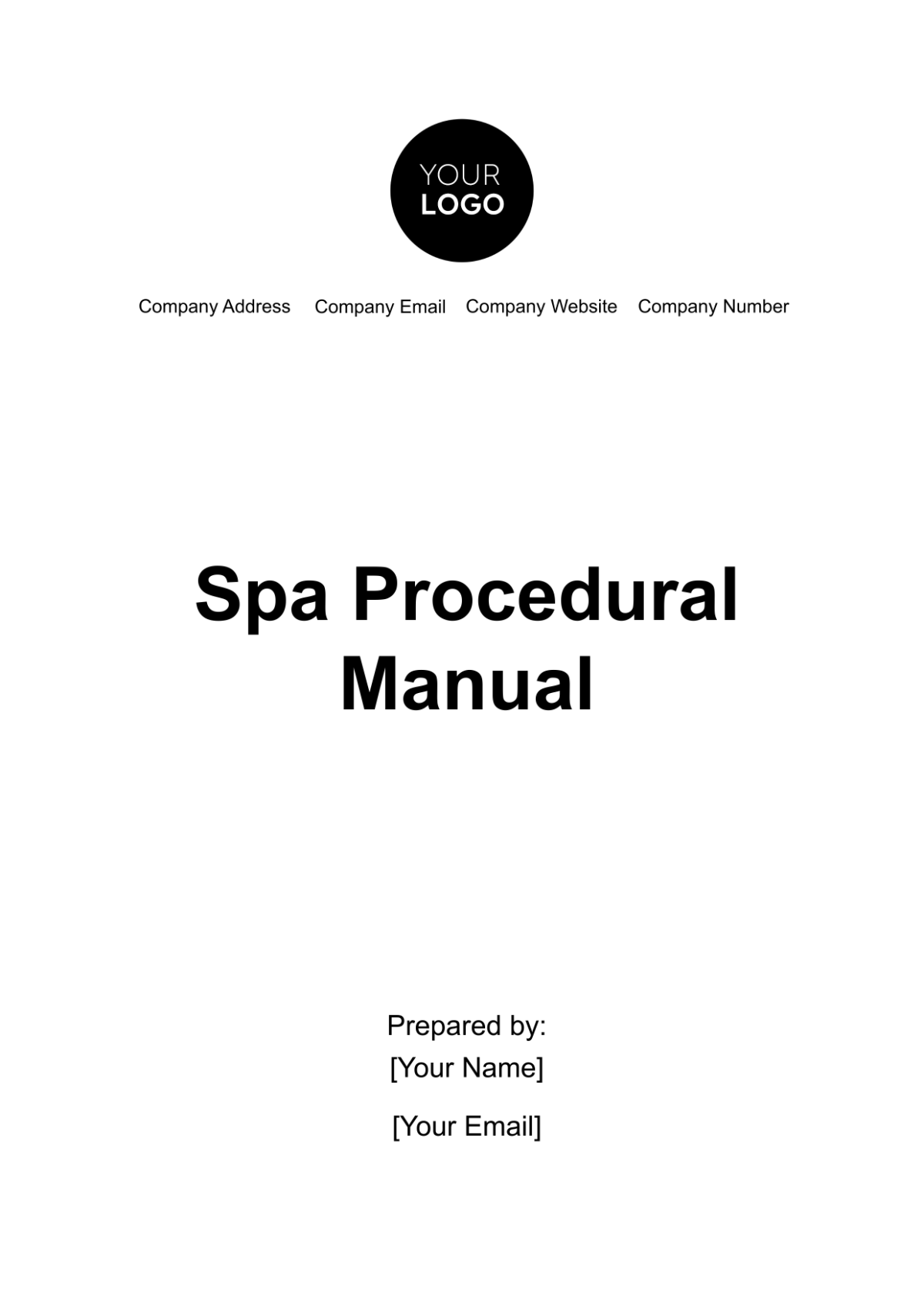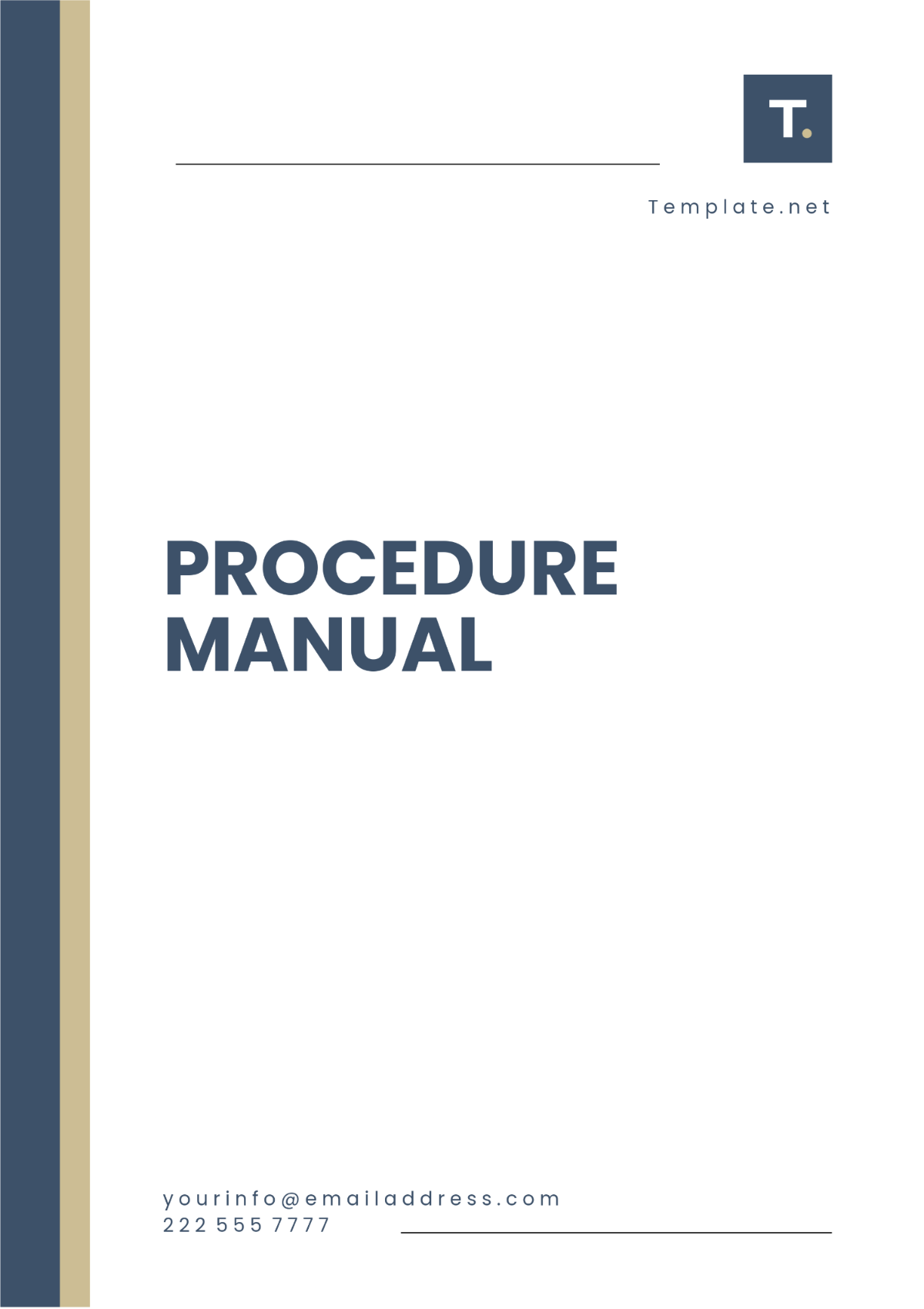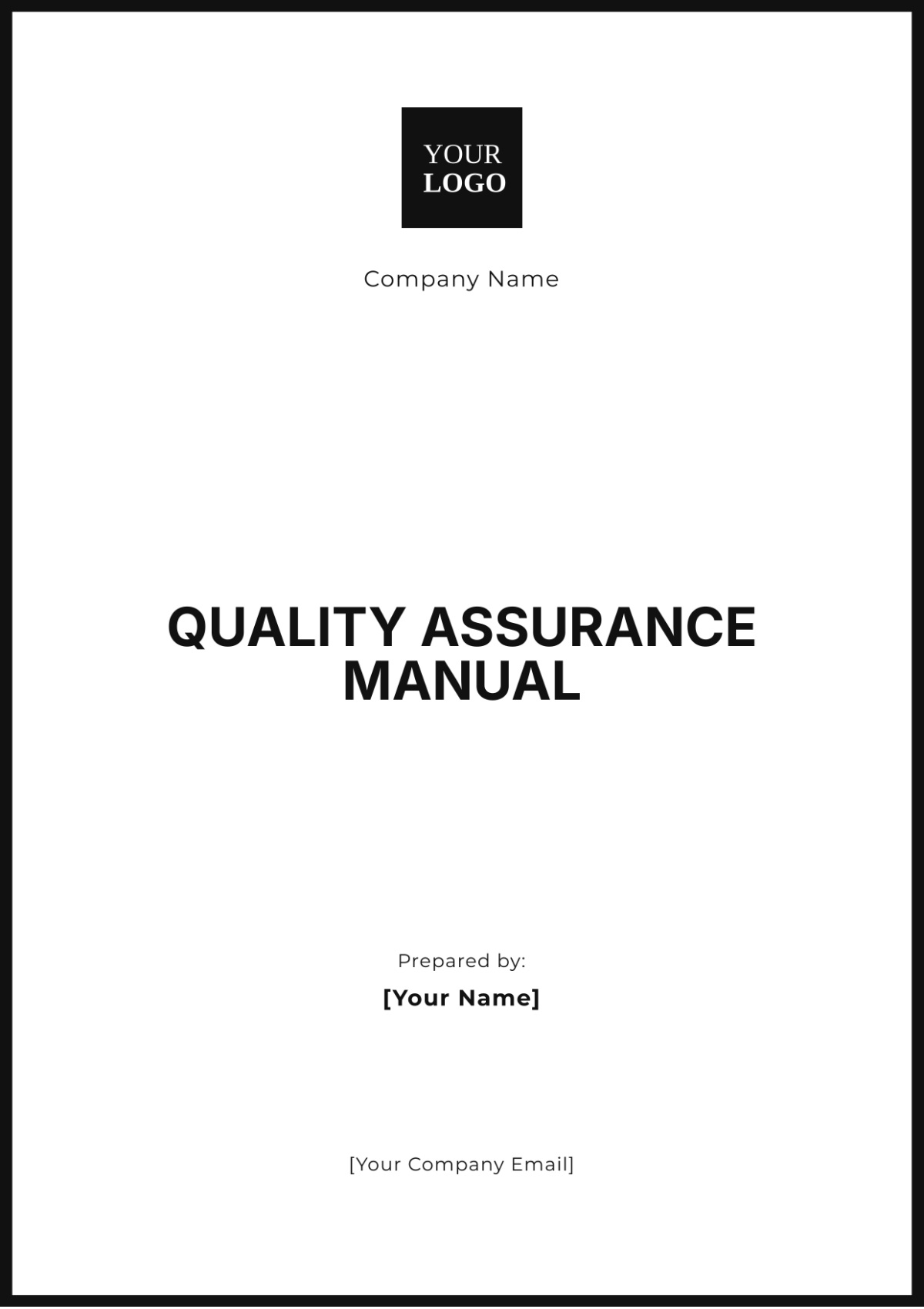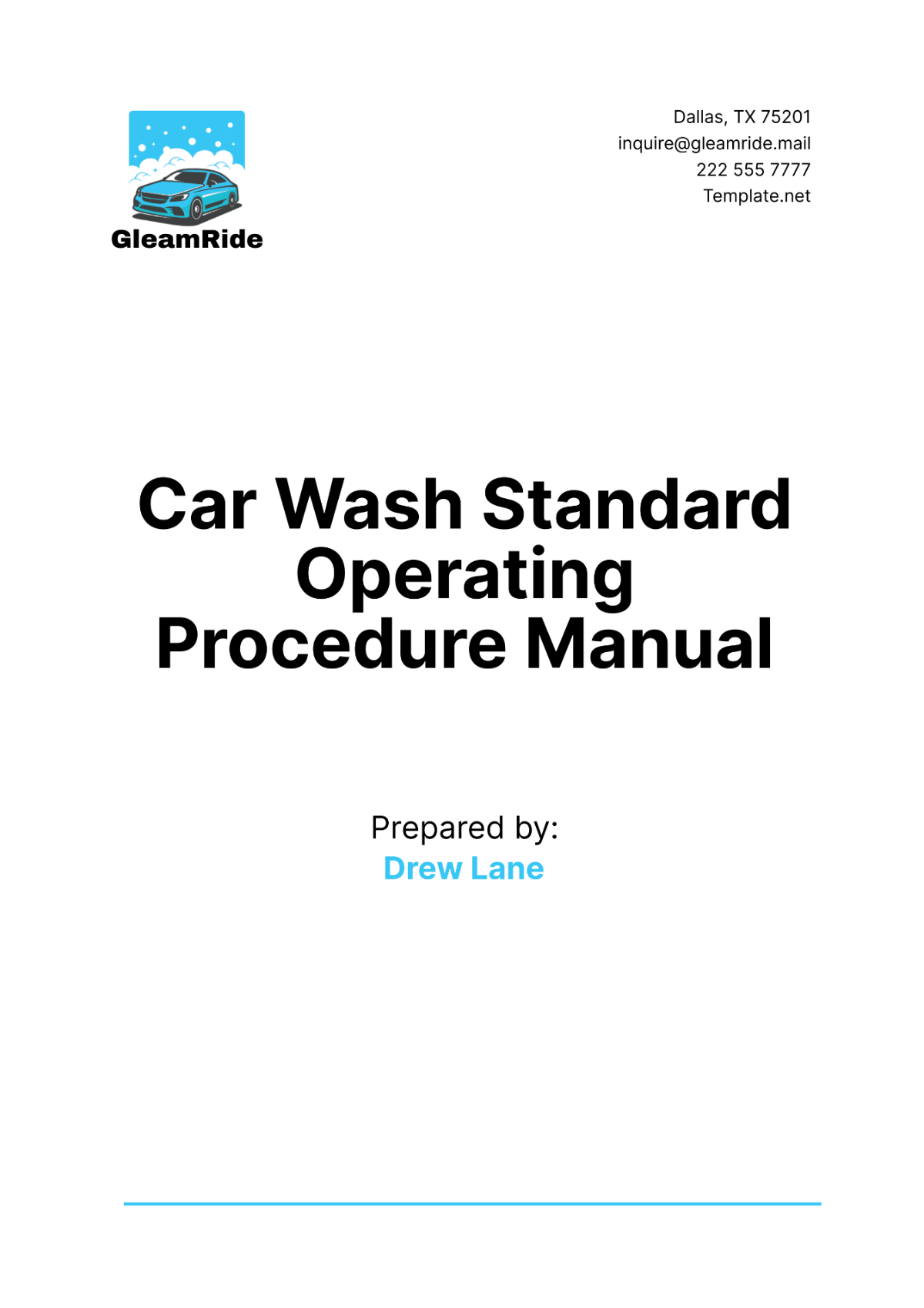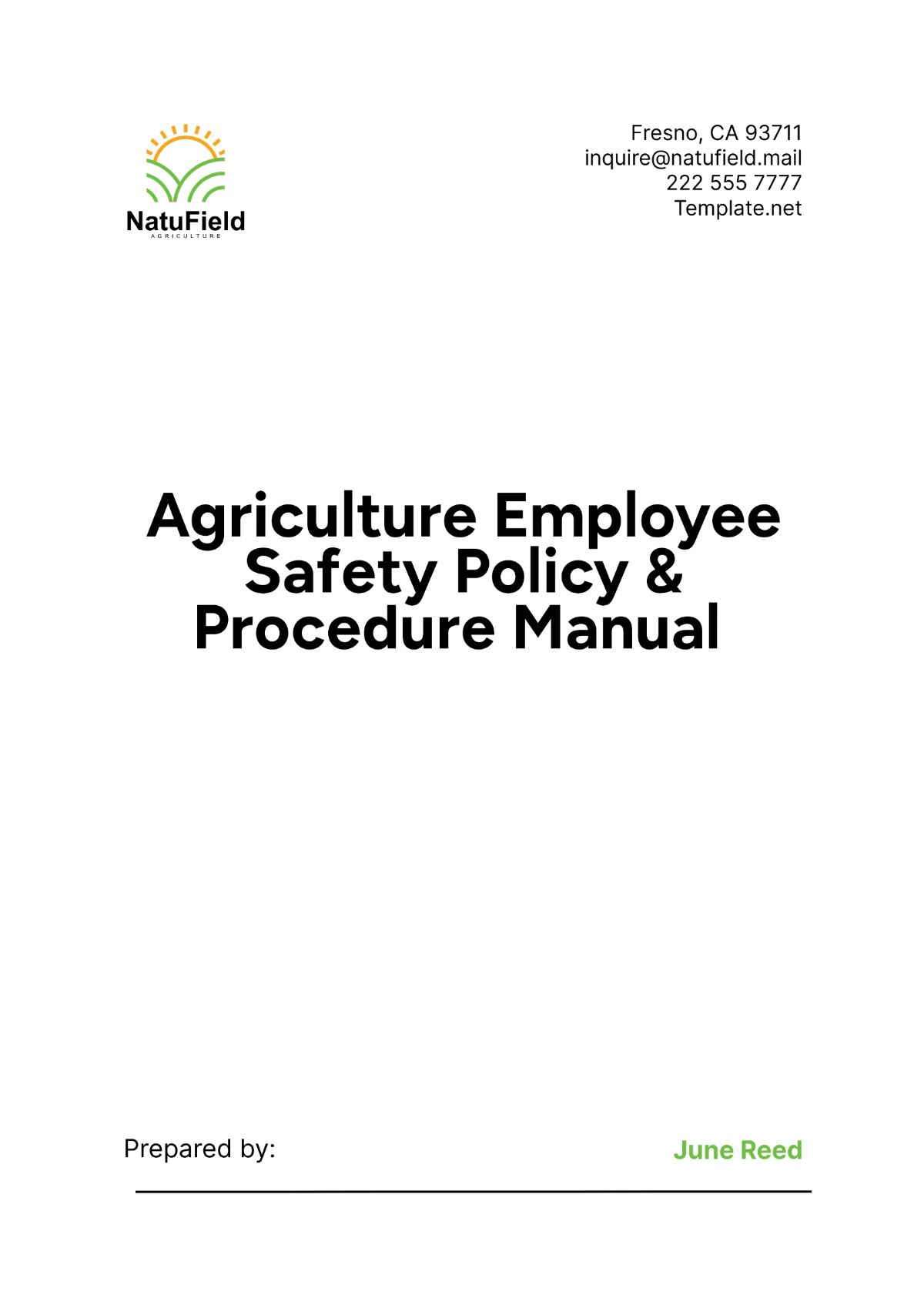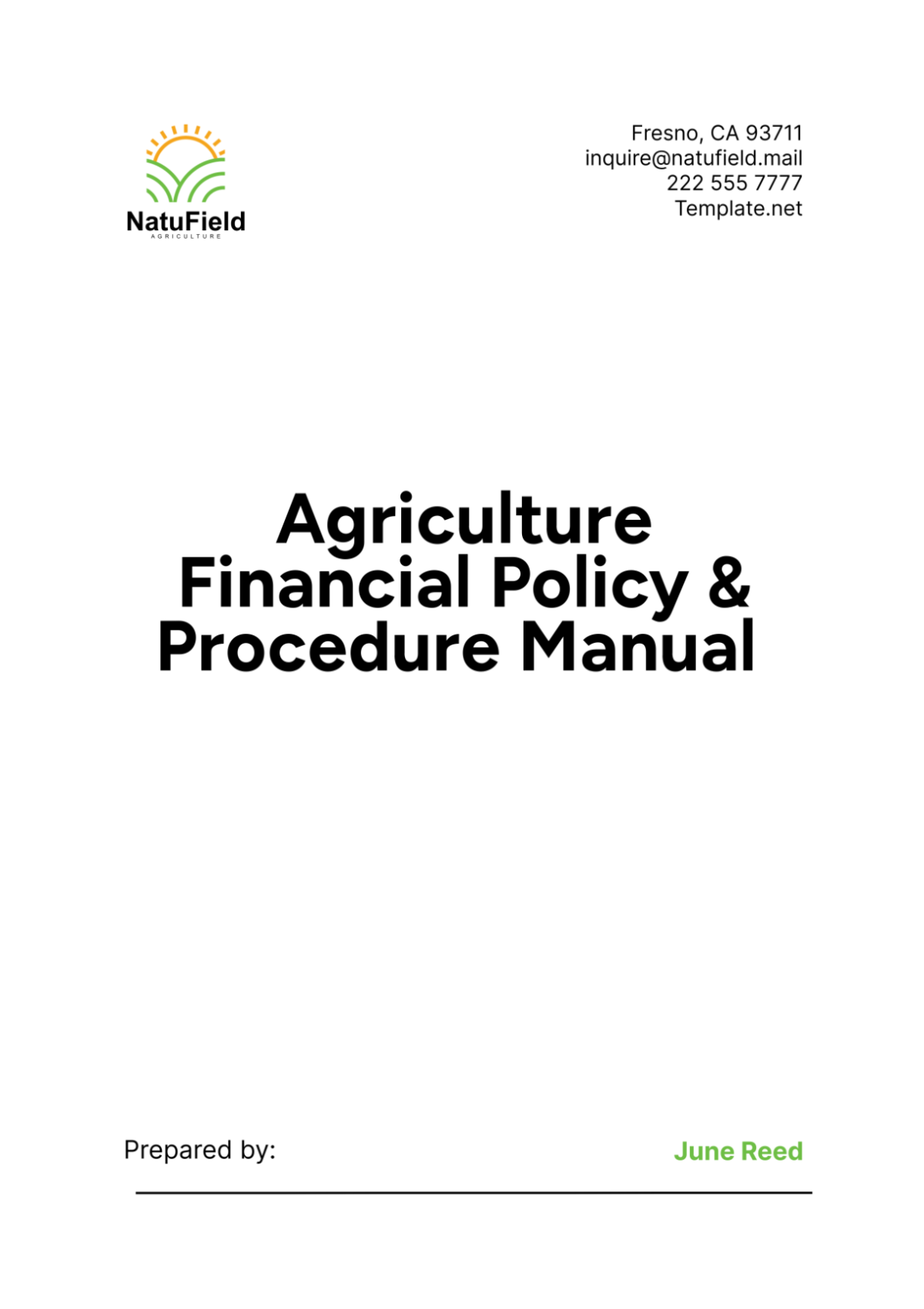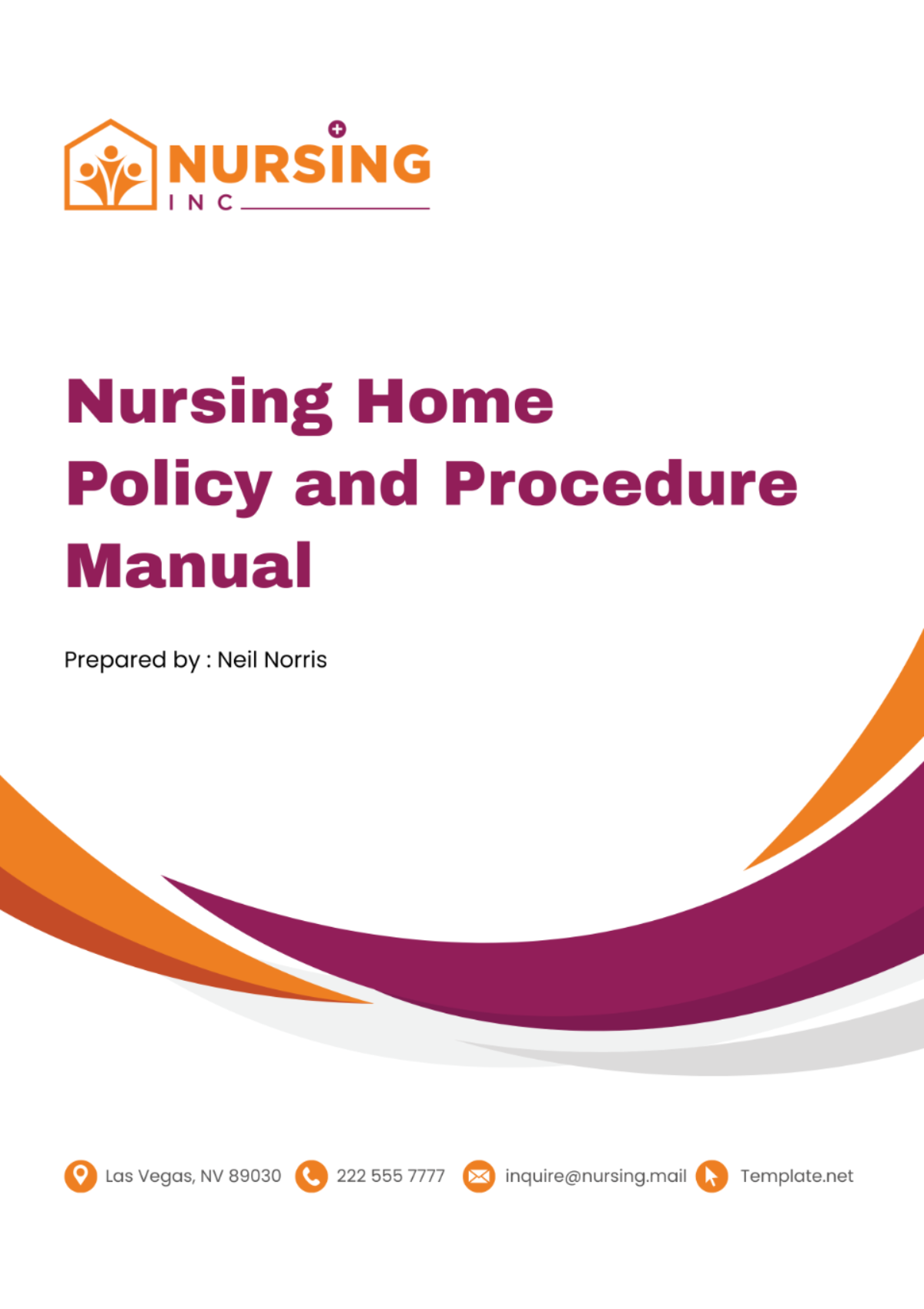Payroll Procedures Manual
Name: | [YOUR NAME] |
Company: | [YOUR COMPANY NAME] |
Department: | [YOUR DEPARTMENT] |
Date: | [DATE] |
I. Introduction
Welcome to the Payroll Procedures Manual for [YOUR COMPANY NAME]. This manual serves as a comprehensive guide for the payroll processes and procedures aimed at guaranteeing precision, adherence to regulations, and efficiency within your organization. The Payroll is an indispensable part of the Human Resources (HR) department, significantly influencing how we manage employee compensation and benefits. The purpose of this manual is to elucidate the payroll department's standard operating procedures (SOPs) and the recommended best practices for payroll administrators.
II. Overview of the Payroll Department
The Payroll Department at [YOUR COMPANY NAME] takes charge of disbursing employee salaries, managing taxation deductions, and assuring conformity with labor laws. Our team is composed of professionals who have built their careers focusing on maintaining confidentiality, accuracy, and promptness in payroll processing. Using advanced payroll software and adhering to industry standards, we aim to make our operations efficient and error-free.
Key Responsibilities of the Payroll Department include:
Processing the payroll for all employees accurately and timely.
Maintaining payroll records and ensuring data confidentiality.
Calculating and deducting applicable taxes and benefits.
Responding to payroll-related inquiries from employees.
Collaborating with other departments to ensure payroll compliance.
III. The Payroll Process
The Payroll Process at [YOUR COMPANY NAME] follows a methodical approach to ensure efficiency and precision. The process comprises several stages, each outlined below:
Timekeeping: Employees submit their timesheets or make use of the electronic timekeeping system to log their working hours.
Approval: Supervisors inspect and approve employee timesheets, validating the accuracy of the logged hours.
Payroll Processing: The payroll team processes employee payments based on the approved timesheets, factoring in any overtime, bonuses, or additional relevant modifications.
Deductions and Taxes: Deductions for benefits, taxes, and other withholdings are computed and subtracted from every employee's paycheck.
Payment: Based on the preferences of employees, payment is made via direct deposit or physical checks.
Record Keeping: Payroll records are meticulously maintained for auditing and compliance purposes.
IV. Employee Onboarding Procedures
Effective Employee Onboarding Procedures are essential for ensuring that new hires are properly integrated into the payroll system. At [YOUR COMPANY NAME], we understand the importance of providing a smooth transition for new employees. Below are the steps involved in the onboarding process:
Collecting Information: HR collects necessary information from new hires, including personal details, tax forms, and banking information for payroll setup.
Entering Data: Payroll administrators enter new employee data into the payroll system, ensuring accuracy and completeness.
Verification: Information provided by new hires is verified to ensure compliance with company policies and legal requirements.
Orientation: New employees are provided with an orientation session that includes information on payroll procedures, benefits, and company policies.
Training: Payroll administrators provide training to new employees on how to use the timekeeping system and submit timesheets.
Follow-up: HR follows up with new hires to address any questions or concerns related to payroll.
V. Timekeeping and Attendance
Accurate Timekeeping and Attendance records are crucial for payroll processing. At [YOUR COMPANY NAME], we utilize advanced timekeeping systems to track employee hours and attendance. Here's an overview of our timekeeping process:
Clocking In/Out: Employees use electronic time clocks or software to clock in and out.
Timesheet Submission: For remote or non-hourly employees, timesheets are submitted electronically.
Supervisor Approval: Timesheets are reviewed and approved by supervisors to verify accuracy.
Overtime Tracking: The system automatically tracks overtime hours and calculates overtime pay.
Attendance Monitoring: HR monitors employee attendance and addresses any patterns of absenteeism or tardiness.
VI. Calculating Payroll
Calculating Payroll accurately is paramount to ensure that employees are compensated fairly and in compliance with labor laws. Our payroll team follows a meticulous process to calculate payroll:
Gross Pay Calculation: Employee gross pay is calculated based on hours worked, salary, or commission.
Deductions: Deductions for taxes, benefits, and other withholdings are subtracted from gross pay.
Net Pay Calculation: Net pay, or take-home pay, is calculated by subtracting deductions from gross pay.
Bonuses and Overtime: Additional compensation such as bonuses or overtime pay is calculated and added to the paycheck.
Payroll Reconciliation: Payroll records are reconciled to ensure accuracy and completeness before processing payments.
VII. Deductions and Benefits
Deductions and Benefits play a significant role in employee compensation and welfare. At [YOUR COMPANY NAME], we strive to provide comprehensive benefits packages while ensuring accurate deductions. Here's how we handle deductions and benefits:
Health Insurance: Deductions for health insurance premiums are calculated based on employee enrollment and coverage options.
Retirement Contributions: Deductions for retirement plans, such as 401(k) or pension contributions, are processed according to employee elections.
Taxes: Federal, state, and local taxes are deducted from employee paychecks based on withholding allowances and tax rates.
Other Deductions: Deductions for items like employee loans, union dues, or garnishments are processed as required.
Benefits Administration: HR administers employee benefits, including enrollment, changes, and termination of benefits coverage.
VIII. Tax Compliance
Ensuring Tax Compliance is crucial to avoid penalties and maintain legal obligations. At [YOUR COMPANY NAME], we are committed to adhering to all tax regulations and requirements. Our approach to tax compliance includes:
Withholding Taxes: Properly withholding federal, state, and local income taxes from employee paychecks.
Filing Taxes: Timely and accurately filing tax returns and related forms with relevant tax authorities.
Tax Reporting: Providing employees with accurate tax documents, including W-2 forms, by the required deadlines.
Tax Planning: Staying informed about changes in tax laws and regulations to proactively adapt our payroll processes.
IX. Payroll Reporting
Payroll Reporting involves generating various reports to track payroll expenses, taxes, and other relevant data. At [YOUR COMPANY NAME], we utilize reporting tools to provide insights into payroll expenditures and trends. Our reporting includes:
Payroll Register: A summary of all payroll transactions, including employee wages, taxes, and deductions.
Tax Reports: Reports detailing tax withholdings, payments, and liabilities for accurate tax filing.
Employee Earnings Statements: Detailed statements provided to employees with each paycheck, showing earnings and deductions.
Labor Cost Analysis: Reports analyzing labor costs by department, project, or other criteria for budgeting and decision-making purposes.
X. Conclusion
In conclusion, the Payroll Procedures Manual provides a comprehensive guide to managing payroll processes at [YOUR COMPANY NAME]. By following the procedures outlined in this manual, the payroll team can ensure accuracy, compliance, and efficiency in payroll administration. Regular review and adherence to policies and procedures are essential to maintaining the integrity of the payroll system and promoting trust and confidence among employees.












